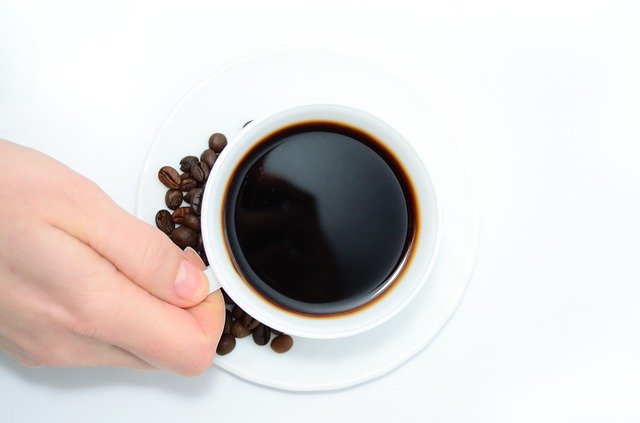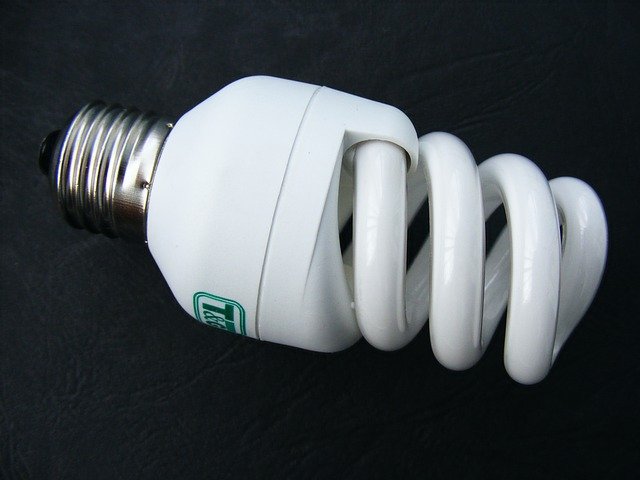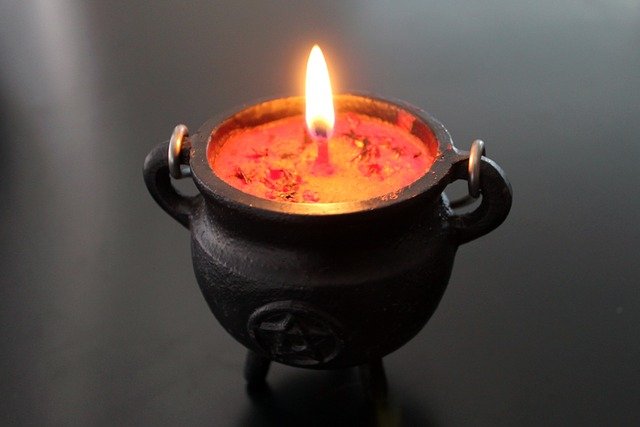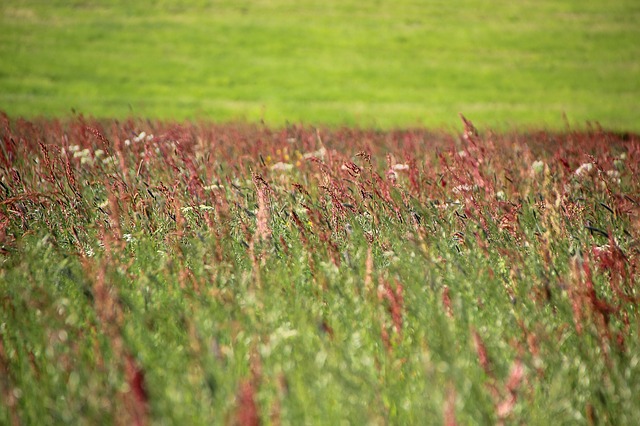The coffee we drink every day wakes us up
Caffeine is probably the most widely used stimulant in the world. When used in large quantities and for long periods of time, caffeine becomes a psychostimulant. This well-known crystalline substance belongs to the purine group and is a methyl derivative of xanthine.

Caffeine was discovered in 1819 by the German chemistFerdinand Runge. He named this newly discovered substance caffeine as the chemically active component of coffee.
-Caffeineis also found in guaranine, an insoluble complex found in guarana.
– It is also found in matein, which is found in yerba mate tea.
– It is also found in theine, which is found in black tea.
– Caffeine is also found in varying amounts in legumes.
– It has also been found in the leaves and fruits of some plants, where it serves as a natural insecticide that paralyzes and kills insects that eat parts of the plant.
Morning Coffee.
In the human body, caffeine acts as a central nervous system stimulant . Its inhibition results in temporary fatigue and wakefulness. It is probably the most popular psychoactive substance in the world.
– In addition, caffeine is diuretic.In addition, caffeine has diuretic properties,
but this is true only in those who have not developed a tolerance to frequent caffeine use. In contrast, users who consume caffeine regularly develop tolerance to this effect.

Interesting facts about caffeine
.
– Pure caffeine takes the form of a bitter-tasting white silky powder or shiny needles.
– Caffeine derivatives are found in the leaves, seeds, and fruits of at least 63 different plants. The best known are coffee beans, cocoa beans, kola nuts, tea leaves, yerba mate leaves, and guarana.
– Caffeine is added to soft drinks such as Coca-Cola and Coffola.
– Caffeine also has the names teine, mateine, and guaranine, depending on its occurrence.
– Caffeine in small concentrations is a lethal neurotoxin for snails. Thus, caffeine is a schizotoxin.
– Caffeine content is highest in plants that are leafy but lack mechanical protection.




